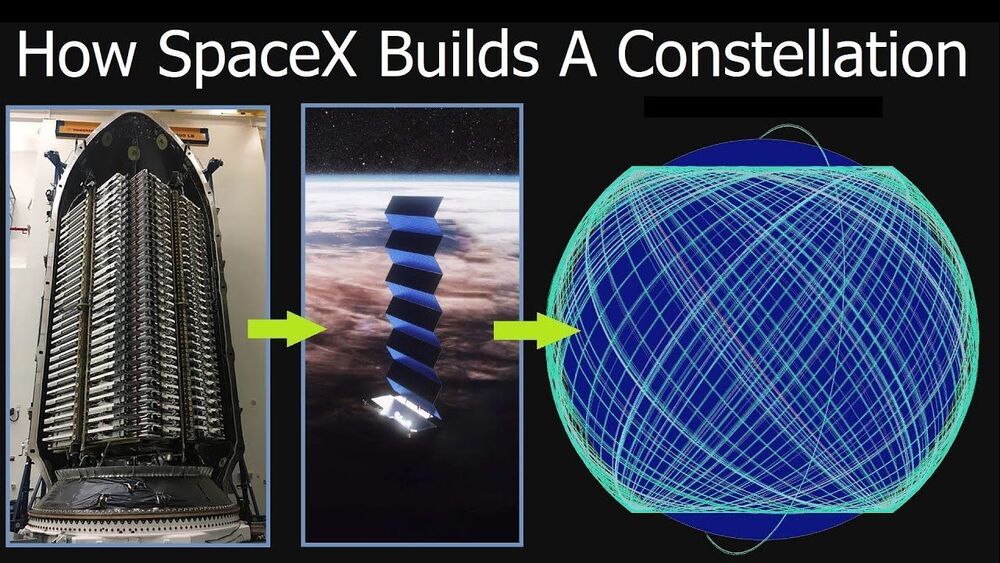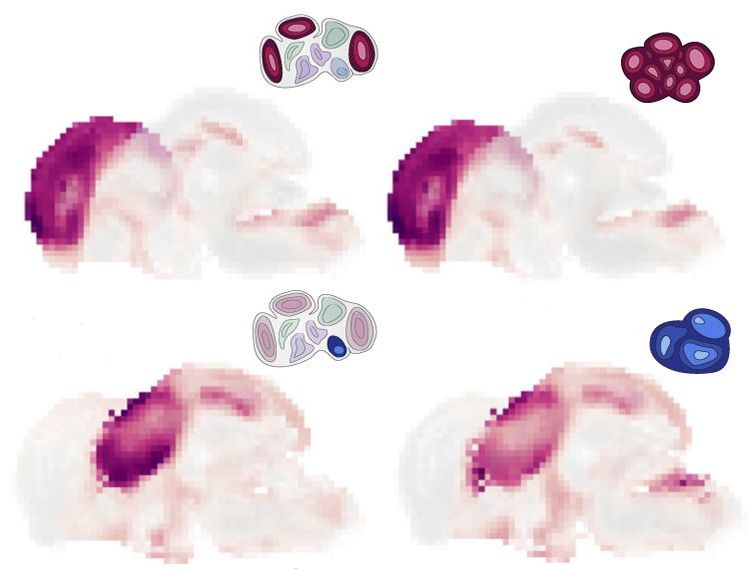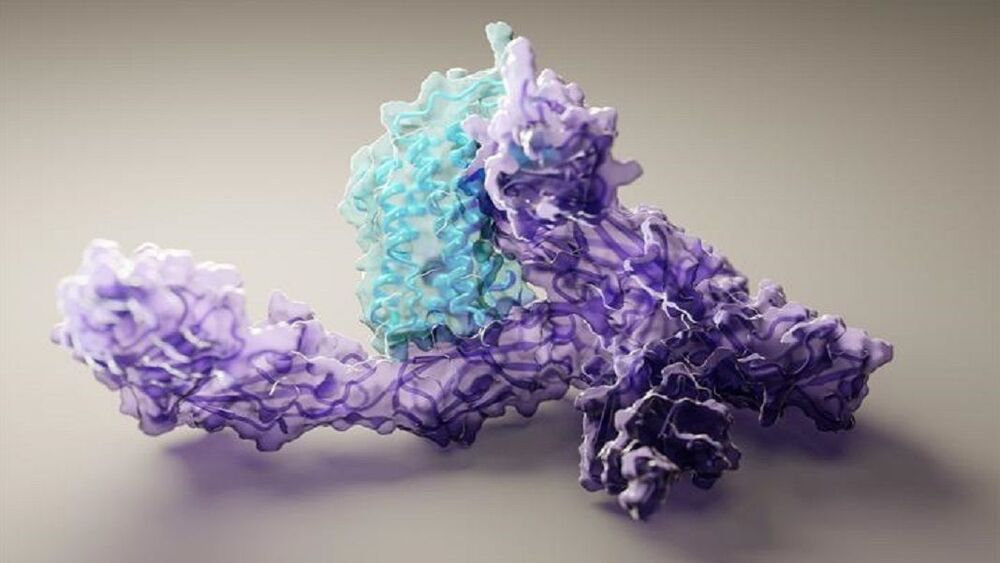Aug 31, 2021
Mapping the Brain Circuitry of Spirituality
Posted by Jose Ruben Rodriguez Fuentes in categories: mapping, neuroscience
Summary: Researchers find a region of the brain stem called the periaqueductal gray may mediate religiosity and spirituality in humans.
Source: Elsevier.
Scientists have long suspected that religiosity and spirituality could be mapped to specific brain circuits, but the location of those circuits remains unknown. Now, a new study using novel technology and the human connectome, a map of neural connections, has identified a brain circuit that seems to mediate that aspect of our personality.


















